Who is your ideal customer?
A potential client sought my assistance because she wanted to attract more students to her experiential language classes. She wanted me to have a look at her whole operation (online & offline) and then make recommendations on what improvements she can make to help her attract more students.
So I asked her “who is your ideal customer?”
Although she had some ideas about her customers, she had not really defined her ideal customer.
And I suspect this is the same for many business owners.
It is important to have a clear picture of your ideal customer because this will help you focus your marketing and sales strategy. This way you can efficiently target your ideal customer and avoid wasting valuable funds, time and resources.
Below I share the 8 steps that will help you identify and create a profile of your ideal customer.
You can also download the more comprehensive EGuide: “How To Identify Your Ideal Customer In 8 Steps”.
Depending on the size of your business, you can be as sophisticated as you want in sourcing the data that will go towards defining your ideal customer.
1. DEFINE YOUR PRODUCT OR SERVICE
 First, you need to describe what your product or service does, what is unique about your product or service, what problems does your product or service solve and what benefits would your customer receive if they use your product or service.
First, you need to describe what your product or service does, what is unique about your product or service, what problems does your product or service solve and what benefits would your customer receive if they use your product or service.
For example, this is how we defined our B2B LinkedIn Lead Generation solution:
“Our B2B LinkedIn Lead Generation solution delivers a structured and proven method to help our clients engage, connect, generate leads and make appointments with their ideal customer. By using our solution, our clients can reach out to their ideal customer in a structured and highly targeted approach so that they can connect and engage with them in a meaningful way and develop a relationship to facilitate face to face appointments.”
2. WHO ARE MY COMPETITORS
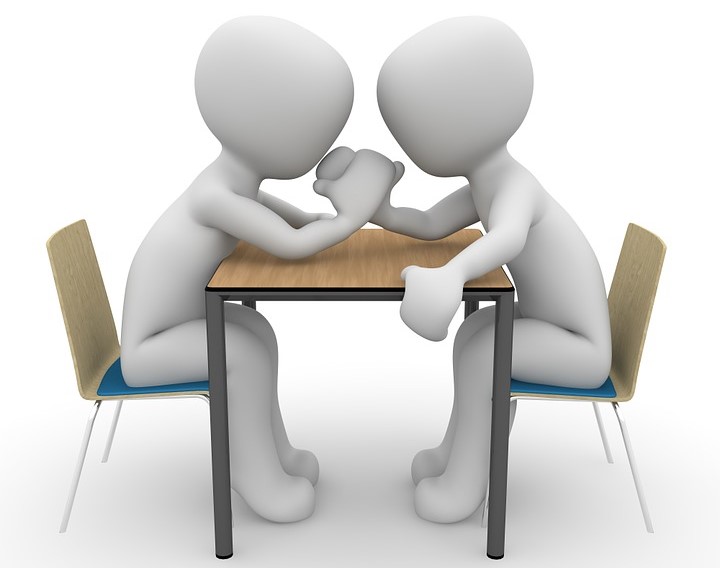 The next step is to understand your main competitors. You need to identify who they are; the product or service that they offer; how much they charge; what online and offline marketing activities they do; what social media platforms they use and what is unique about their product or service that makes their customers return.
The next step is to understand your main competitors. You need to identify who they are; the product or service that they offer; how much they charge; what online and offline marketing activities they do; what social media platforms they use and what is unique about their product or service that makes their customers return.
3. YOUR IDEAL CUSTOMER’S DEMOGRAPHIC
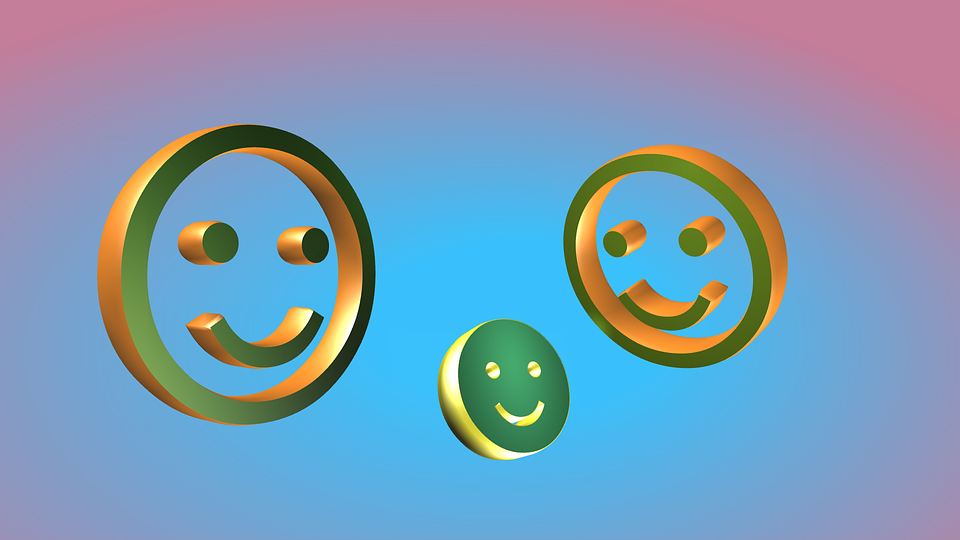 One of the most important aspects of identifying your ideal customer is to get an understanding of their demographic makeup. In this section, you need to identify the general demographic markers of your ideal customer including their Age, Gender, Race and Status. It is also a good idea to include the psychographic and behavioural profile of your ideal customer.
One of the most important aspects of identifying your ideal customer is to get an understanding of their demographic makeup. In this section, you need to identify the general demographic markers of your ideal customer including their Age, Gender, Race and Status. It is also a good idea to include the psychographic and behavioural profile of your ideal customer.
Psychographic is a profile of your ideal customer based on their interests, activities and opinions. Behaviours relate to their likes, dislikes, hobbies, interests and their knowledge, attitude and usage towards your product or service.
4. WHAT IS THEIR CURRENT SITUATION
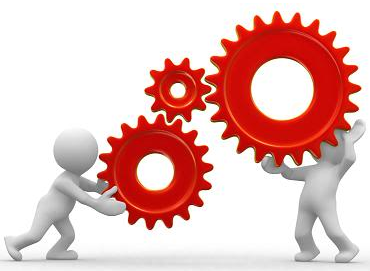 In this section, you need to get an understanding of your ideal customer’s situation in relation to their work or business. You need to find out the worst thing that can happen if they stay in the same situation and in the same vein, the best case scenario if their situation improves. This will help you identify the gaps where your ideal customer needs to improve.
In this section, you need to get an understanding of your ideal customer’s situation in relation to their work or business. You need to find out the worst thing that can happen if they stay in the same situation and in the same vein, the best case scenario if their situation improves. This will help you identify the gaps where your ideal customer needs to improve.
The gaps are where you can potentially position and pitch your product or service.
5. LANGUAGE
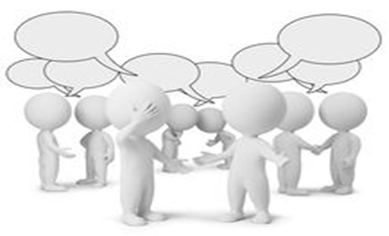 Getting an understanding of the type and level of language that your ideal customer uses, what content they like to consume and where they get their information from will help you structure your message to their level and communicate with them more effectively.
Getting an understanding of the type and level of language that your ideal customer uses, what content they like to consume and where they get their information from will help you structure your message to their level and communicate with them more effectively.
For example, if you are targeting teenagers it is better to use social media channels and short videos because this is where the majority of them now consume their information. You also have to use the language that they use such as: “LOL”,” OMG”, “BRB”, “GTG” and “ROFL” “MOLS”and in short bites if you are going to get your message across.
6. SPEAK WITH YOUR CUSTOMERS
 Reach out to your existing customers to gain additional insight into what made them choose your business over others. Conduct interviews, formally or informally, and ask them why they are buying from your business, what you do best and how you can do better.
Reach out to your existing customers to gain additional insight into what made them choose your business over others. Conduct interviews, formally or informally, and ask them why they are buying from your business, what you do best and how you can do better.
7. COSTUMER BUYING DECISION PROCESS
 According to the consumer decision process model created by Engel-Blackwell and Miniard , consumers go through five stages when they are buying something. The five stages are: Need or Problem Recognition; Search for Information; Evaluate Options; Buying Decision and Post Buying.
According to the consumer decision process model created by Engel-Blackwell and Miniard , consumers go through five stages when they are buying something. The five stages are: Need or Problem Recognition; Search for Information; Evaluate Options; Buying Decision and Post Buying.
Once you understand your customers’ buying decision process you can provide them with relevant information along the way to help and guide them in making the decision to buy your product or service.
8. CREATE YOUR CUSTOMER PROFILE (PERSONA /AVATAR)
Now that you have completed the seven steps, you should now have a clear picture of the profile of your ideal customer. Note that your customer profile is not specific to an individual customer but rather these are the attributes that are representative of a given customer type.
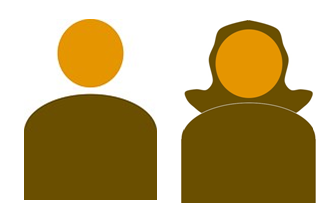 Now that you have all the attributes of your ideal customer, you can now describe and write a profile about your ideal customer. You can start your profile with: “My ideal customer is …. “
Now that you have all the attributes of your ideal customer, you can now describe and write a profile about your ideal customer. You can start your profile with: “My ideal customer is …. “
Here is an example of what we wrote about our “Ideal Customer” for our digital marketing company which includes Lead Generation Websites, Web Design and Development, SEO, Social Media Marketing and Content Creation after going through the above process.
“My ideal customer is a business owner of a graphic design agency or a media agency or a video production agency. He/She is about 35 – 55 years old, highly skilled and has been in business for more than 5 years. The business employs between 3-10 people, turns over between $250,000 to $600,000 a year and has wide cross section of clients.
He/She has a family with 2-3 children. The children are from age 8 years old through to young adults. He/She belongs to business networking groups, has established network of business associates and an avid reader of the latest industry trends primarily from online sources but also offline.
He/She values customer relationships and trust. He/She values high level customer service and quality products or service at a competitive price. He/She wants to focus on what they are good at but at the same time wants to also meet their clients’ other digital needs without the hassle and overheads that goes with introducing the other digital services internally.”
You can also include an image of your ideal customer if this will help you create a clearer picture of your ideal customer.
Most importantly, now that you have a clear picture of your ideal customer you can now develop a more focused marketing and sales strategy so you can efficiently target your ideal customer and avoid wasting valuable funds, time and resources.
Download your comprehensive EGuide: “How To Identify Your Customer In 8 Steps”.
About the Author
Robert Leroux heads iSapience – a B2B & B2C Lead Generation, Customised Outsourcing & Managed Solutions and International Business Consulting Company. Since 2000, he has helped numerous Australian and international clients across many industries including: IT, Digital, Retail, FMCG, Advertising, Wholesale, Distribution and Logistics, Gaming, International Trade, Infrastructure and Governments.



